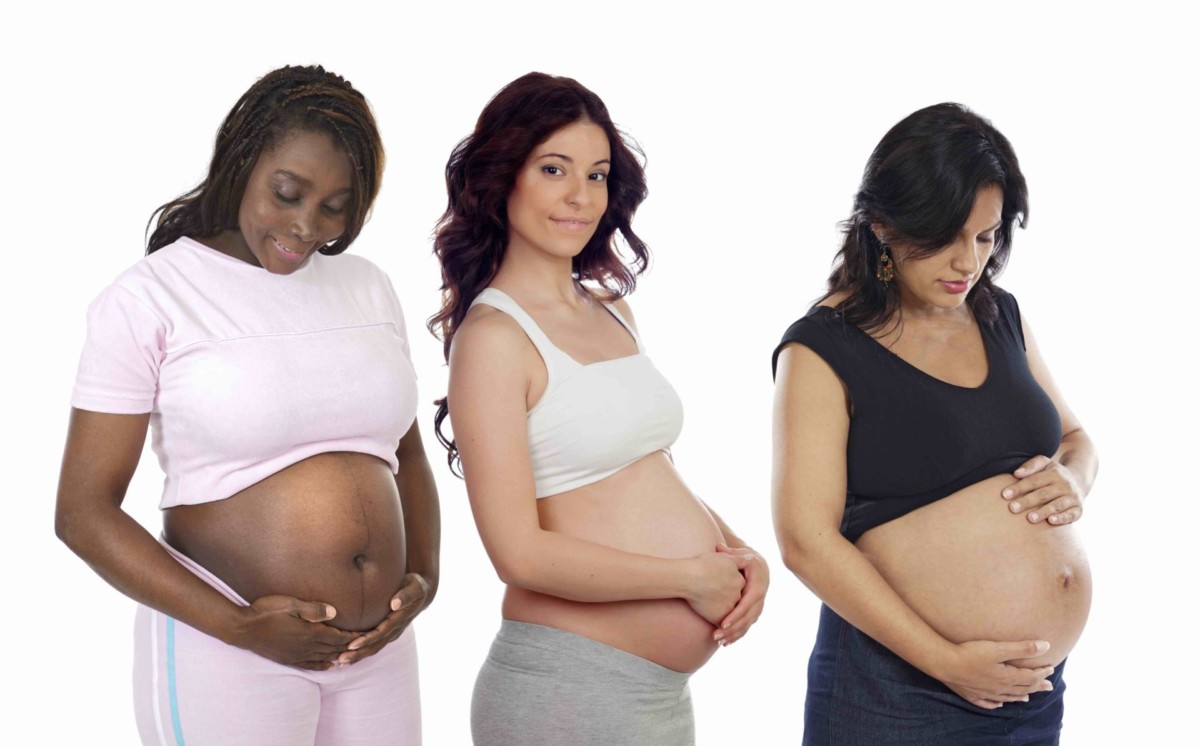Pregnancy Care and Postpartum Physical Therapy

Who can benefit from Pregnancy and Postpartum Physical Therapy?
Physical Therapy during the prenatal period can help address changes in posture, joint mobility, muscle imbalances, and bony alignment which may develop as a result of the physical and hormonal changes of pregnancy. After giving birth (generally 3-6 weeks after, with your MD/OB approval) an evaluation by a specialized Physical Therapist can help prevent long-term impairments in bowel and bladder function, and restore efficient mobility and muscular function. Muscle and joint aches and pains during or after pregnancy can also be addressed by our qualified specialists.
Symptoms during or after pregnancy which may be helped by Physical Therapy include:
- Bowel or bladder issues including difficulty voiding, incontinence, urgency, and frequency
- Pain during or after intercourse
- Unusual heaviness in the lower abdomen or perineum
- Abdominal pain
- Pain with urination or defecation
- Low back pain, groin pain, tailbone pain, SI joint pain
- Neck pain, wrist pain, arm pain, shoulder pain
- Pain at episiotomy or Cesarean scar
- Core weakness
- Muscle spasms
Diagnoses we treat include:
- Coccydynia (Tailbone Pain)
- Sacroiliac dysfunction (SI Joint Pain)
- Sciatica
- Pubic Symphysis pain or separation
- Urinary Incontinence, Overactive Bladder, Urinary Hesitancy, Urinary Retention
- Constipation or Incomplete voiding, Fecal Incontinence
- Abdominal Pain and/or Surgical Adhesions
- Pelvic Organ Prolapse: Cystocele, Uterocele, Rectocele, Enterocele
- Diastasis Recti
- Nerve dysfunction including Pudendal Neuralgia and Sciatica
- Carpal tunnel syndrome, tendonitis, thoracic outlet syndrome, cervicalgia
What is preventative treatment during pregnancy / prenatal care?
Preventative physical therapy during pregnancy may include stretching and strengthening exercises, balance and stabilization exercises, postural education, review of body mechanics to avoid strain and injury, exercises and manual therapy to improve diaphragmatic breathing, and the recommendation of splints or support belts as needed. During your third trimester, manual therapy, exercises and stretches can help you prepare to give birth.
What is Postpartum Physical Therapy?
Changes in hormone levels, muscle tone, and joint alignment can persist postpartum. Your physical therapist will evaluate your posture, strength, mobility, movement patterns, pelvic muscles, and pelvic organs. Together you will develop a personalized recovery plan which may include soft tissue mobilization and myofascial release of the pelvic floor muscles and surrounding structures, abdominal massage, visceral mobilization, scar mobilization, postural re-education, review of body mechanics and moving with your baby, nutritional education, and exercises for core and pelvic floor muscle coordination.
Who treats Women’s Health at H&D Physical Therapy?
Assessment and treatment are performed by Physical Therapists specially trained in Women’s Health. If you are pregnant or recently postpartum, schedule an appointment to start a preventative program today.
If you have questions regarding treatments available, or whether PT is appropriate for you, please contact us. We would be happy to discuss your situation in advance of an evaluation session.
You must be logged in to post a comment.